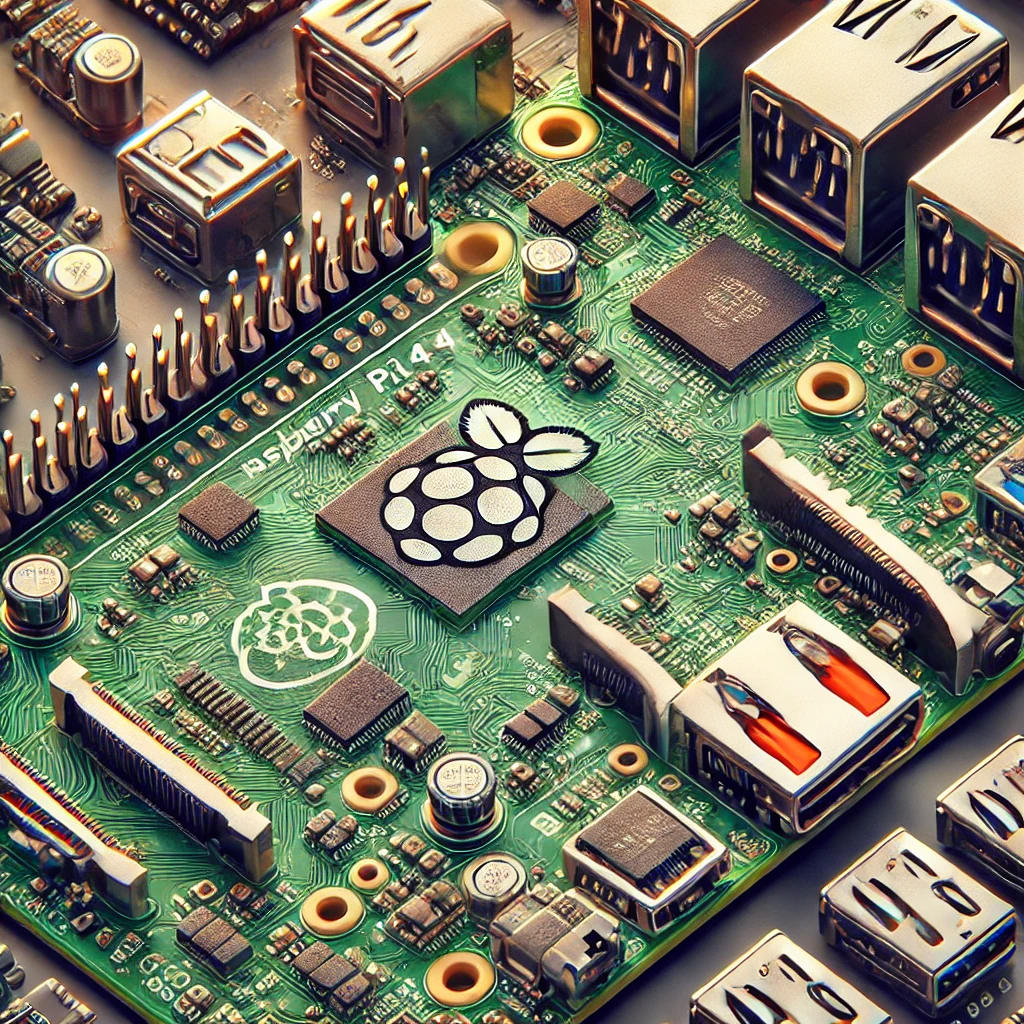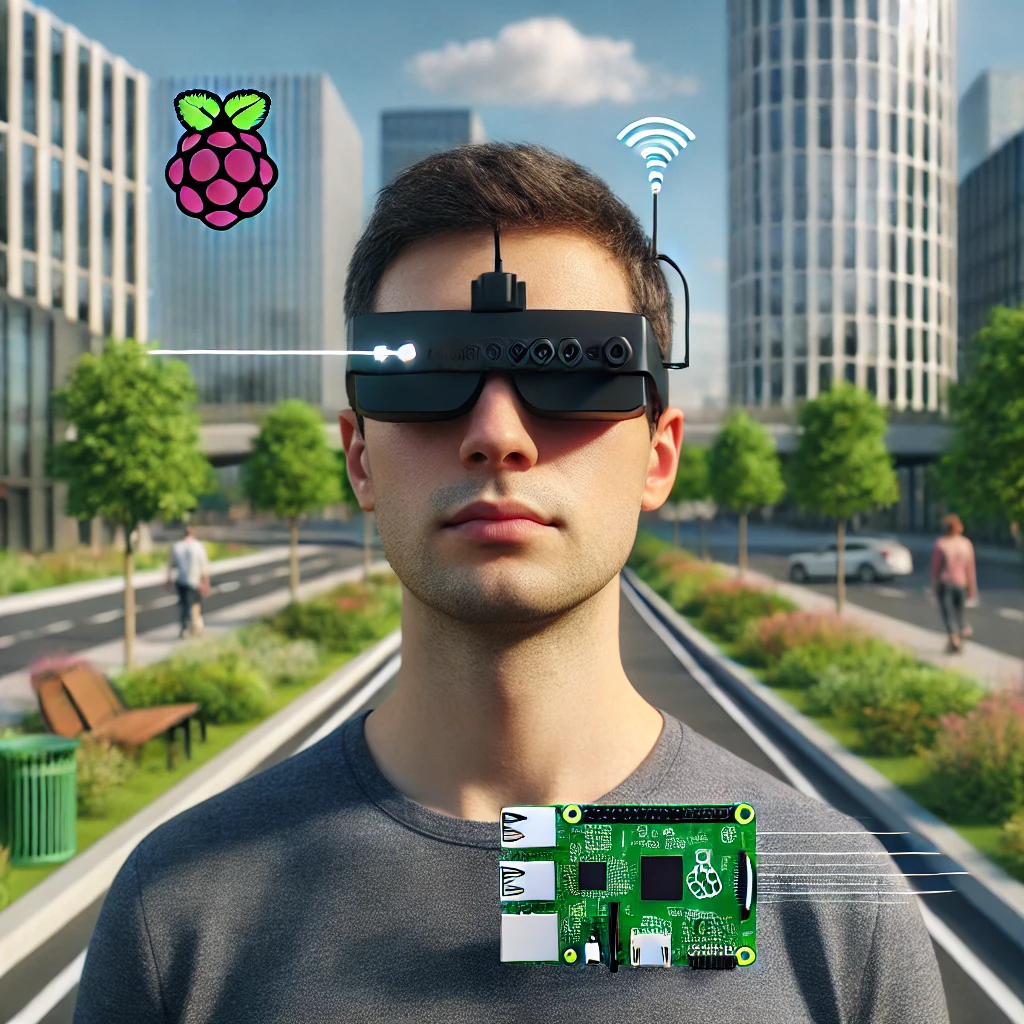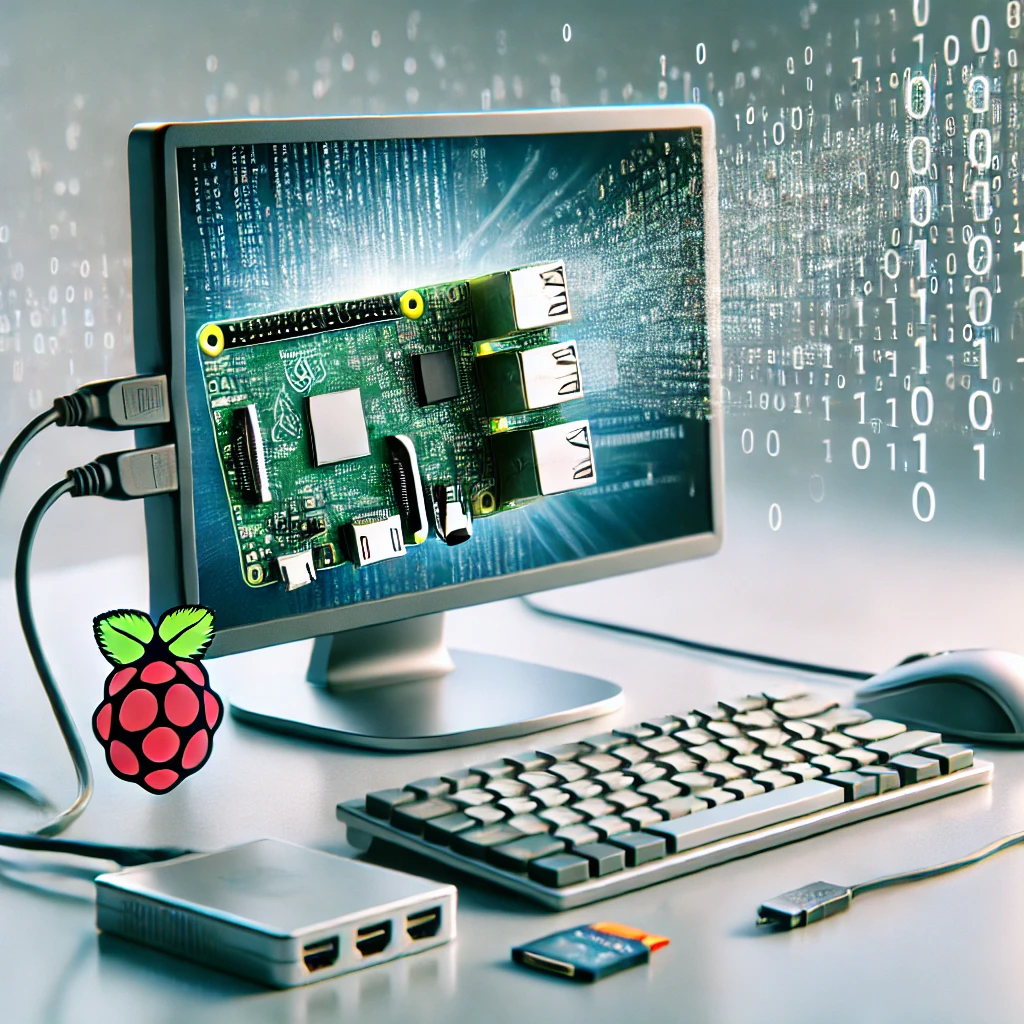In 2024, the Raspberry Pi Pico continues to solidify its place as a powerful and versatile microcontroller in the maker and developer communities. With its robust performance, affordability, and wide range of applications, the Pico remains a top choice for hobbyists, educators, and professionals alike. Here’s an in-depth look at what the Raspberry Pi Pico can do and its current pricing.
What is Raspberry Pi Pico?
The Raspberry Pi Pico is a small, affordable microcontroller board built on the Raspberry Pi Foundation’s own RP2040 chip. Launched in January 2021, the Pico has since evolved, offering improved features and enhanced capabilities. It is designed for embedded applications and projects that require real-time processing and precise control.
Key Features of Raspberry Pi Pico
- RP2040 Microcontroller:
- Dual-core Arm Cortex-M0+ processor, running at up to 133 MHz
- 264KB of SRAM and 2MB of onboard flash memory
- Connectivity:
- 26 multi-function GPIO pins, including digital I/O, PWM, and ADC
- USB 1.1 host/device functionality
- I2C, SPI, and UART interfaces
- Power Options:
- 1.8–5.5V input voltage range
- Can be powered via micro USB or external power sources
- Programming and Software:
- Programmable in C/C++ and MicroPython
- Support for the official Raspberry Pi Pico SDK
- Compatibility with popular development environments like Arduino IDE and Visual Studio Code
Applications and Capabilities
The Raspberry Pi Pico excels in a wide array of applications, from simple DIY projects to complex automation systems. Here are some of the areas where the Pico shines:
- Educational Projects:
- Ideal for teaching programming and electronics basics
- Simple interface for beginners and advanced functionalities for experienced users
- Home Automation:
- Control home appliances and systems
- Create smart home devices, like thermostats and security systems
- Robotics:
- Build and control robots and drones
- Integrate with various sensors and actuators for advanced robotics projects
- IoT (Internet of Things):
- Develop IoT devices and applications
- Connect to the internet using external Wi-Fi modules
- Prototyping and DIY Projects:
- Rapid prototyping for product development
- Endless possibilities for custom DIY electronics projects
Pricing in 2024
As of 2024, the Raspberry Pi Pico remains one of the most affordable microcontroller options on the market. The base price for a single Pico board is approximately $4 USD. This low cost makes it accessible for a wide range of users, from hobbyists to professional developers.
There are also various accessories and expansion boards available, which can enhance the Pico’s functionality for specific projects. These accessories, such as breakout boards, sensors, and shields, are also priced competitively, ensuring that building a complete project remains cost-effective.
Conclusion
The Raspberry Pi Pico in 2024 continues to be a powerful, flexible, and affordable solution for anyone interested in embedded systems and microcontroller projects. Its robust feature set, coupled with an unbeatable price point, makes it an ideal choice for educational purposes, DIY enthusiasts, and professional developers alike. Whether you’re just starting out or looking to expand your project capabilities, the Raspberry Pi Pico offers endless possibilities for innovation and creativity.




